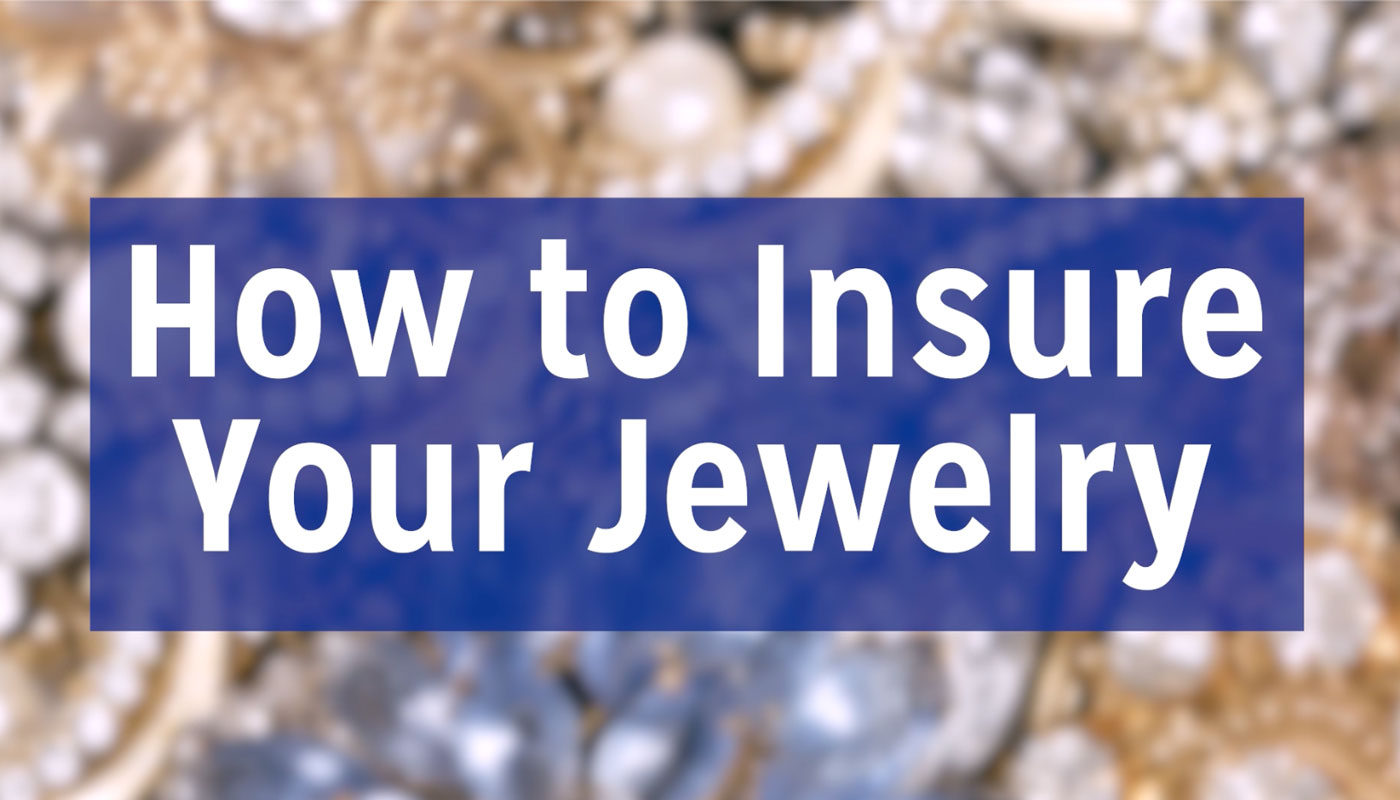How to Insure Expensive Jewelry and Valuables: Owning expensive jewelry or valuable heirlooms is a source of pride—but it also comes with responsibility. Whether it’s a diamond engagement ring, a gold watch, or inherited antiques, protecting these cherished items through insurance is essential. Without the right coverage, you risk financial and emotional loss if they’re stolen, lost, or damaged.
This beginner-friendly guide will walk you through the key steps and considerations for insuring valuable personal items, ensuring your precious belongings are properly protected.
Detailed Analysis: Why Insuring Valuables Matters
Homeowners and renters insurance often include some level of personal property coverage. However, standard policies have limits—often capping coverage for jewelry and luxury items at as low as $1,000 to $2,500. That might not even cover the cost of a single designer bracelet.
For example:
-
A $10,000 engagement ring could only be covered for $1,500 under a typical plan.
-
Theft or mysterious disappearance of items is often restricted or excluded.
That’s where scheduled personal property coverage (also called a rider or floater) comes into play. This add-on offers dedicated protection for high-value items, including:
-
Fine jewelry
-
Luxury watches
-
Precious stones
-
Rare collectibles
-
Family heirlooms
These policies often cover accidental loss, including dropping a ring down the drain—something standard policies don’t always address.
Historical Context: A Growing Need for Specialized Coverage
As global wealth has risen and luxury goods become more accessible, the need for specialized insurance has surged. High-net-worth individuals and even middle-income households are purchasing designer items and collectibles that traditional policies weren’t designed to protect.
According to Forbes, insurers began offering separate jewelry policies to meet this demand—especially as theft claims involving valuables increased. Today, both traditional insurers and specialized companies cater to this growing niche.
Steps to Insure Your Expensive Jewelry and Valuables
✅ 1. Get a Professional Appraisal
Most insurers require a certified appraisal to determine the value of the item. Make sure your appraisal is recent—values fluctuate based on market demand for materials like gold, diamonds, or rare metals.
Some reputable appraisal organizations include:
✅ 2. Take High-Quality Photos and Documentation
Maintain records including:
-
Detailed photos from different angles
-
Original receipts or certificates of authenticity
-
Appraisal documents
These help speed up claims and reduce disputes.
✅ 3. Compare Insurance Options
You can insure through:
-
Your Homeowners/Renters Policy: Add a scheduled rider.
-
A Standalone Jewelry Insurance Company: Companies like Jewelers Mutual or BriteCo offer flexible policies just for jewelry.
Compare:
-
Premium costs
-
Deductibles
-
Coverage scope (e.g., theft, loss, damage, mysterious disappearance)
✅ 4. Understand Coverage Details
Ask about:
-
Worldwide protection (important for travelers)
-
Repair and replacement options
-
Whether lost items are covered
-
Annual reappraisal requirements
Some policies may replace the item with a similar one, while others pay out cash based on the appraised value.
✅ 5. Store Safely to Reduce Risk
Insurers often offer discounts if you take precautions like:
-
Storing valuables in a home safe
-
Installing a home security system
-
Using a bank safety deposit box
Fan and Media Reactions
More consumers are realizing that relying solely on homeowners insurance isn’t enough. Financial influencers and personal finance blogs—like The Balance—now regularly highlight jewelry insurance as a smart move, especially for engagement and wedding rings.
A 2024 report from Insurance Information Institute showed a growing number of millennials insuring luxury purchases due to increased awareness via social media and personal finance education.
Examples with Visuals
-
Real-Life Scenario 1: Emma lost her engagement ring while vacationing abroad. Thanks to her standalone jewelry policy, she received full reimbursement and bought a similar replacement with no hassle.
-
Real-Life Scenario 2: James’ apartment was broken into. His renters insurance only covered $1,500 of his $6,000 vintage watch. Afterward, he added a personal property rider to avoid future gaps in coverage.
-
Real-Life Scenario 3: A couple stored family heirlooms in a fireproof safe and received a reduced insurance premium for taking security measures.
Also Check:
- Understanding Insurance Riders and Add-ons
- Risk-Based Insurance: How It Works and Why It Matters
- What Is Parametric Insurance and How Does It Work?
- Insurance Considerations When Starting a Family
- Microinsurance: Protection for Low-Income Households
Conclusion: Insure Expensive Jewelry and Valuables
Insuring your valuable jewelry and possessions is more than a luxury—it’s a financial safeguard. While standard policies offer minimal protection, specialized riders or standalone policies provide peace of mind for your most cherished belongings.
To protect your treasures:
-
Get them appraised.
-
Document everything.
-
Choose the right insurer.
-
Understand what’s covered.
Taking these steps ensures that no matter what life throws your way—accidents, theft, or loss—you’re covered.
